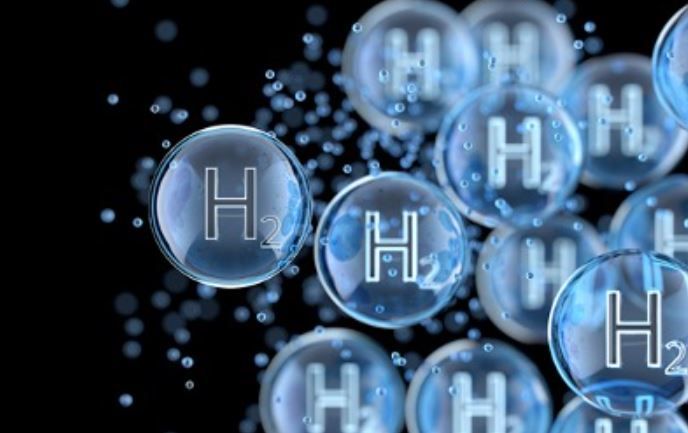European Commission granted approval this week to Austria’s largest hydrogen project. The ambitious initiative aims to produce 40,000 tons of hydrogen annually from wind and solar energy by 2030 in its final expansion stage.
The proposed location for this groundbreaking hydrogen plant is Zurndorf in the Neusiedl am See district, strategically situated near the expansive Nickelsdorf photovoltaic park.
While the project signifies a leap towards green energy, concerns have emerged from the Neusiedl am See district farmers’ association, voicing worries about water usage. The hydrogen production process, involving the splitting of H2O molecules, demands a significant amount of water. In a region grappling with a declining groundwater table, concerns have been raised about the sustainability of such water-intensive operations.
Farmers’ association chairman Werner Falb-Meixner emphasized the pressing question for farmers: “Where will the needed water come from?” The proposed production volume of 40,000 tons of hydrogen raises apprehensions about its impact on the already strained groundwater levels, prompting scrutiny on potential effects on Natura 2000 protected areas, including Parndorfer Platte and Heideboden.
In response to concerns, Burgenland Energie (BE), the driving force behind the hydrogen project, assured that the initiative would not adversely affect the water management situation in the region. The involvement of the water procurement association from the project’s inception aimed to address water needs sustainably.
The production of green hydrogen relies on electricity generated from wind power and photovoltaics, which supplies the electrolyzer through a direct line. The electrolysis process involves splitting water molecules (H2O) into hydrogen and oxygen using an electric current. BE highlighted that the water procurement association’s involvement and sustainable measures were integral to ensuring a positive environmental impact.
Detailed technical planning is in progress, and the subsequent construction of the electrolyzer will soon be tendered and implemented.
In Zurndorf, where the hydrogen plant is slated for construction, no reallocations have taken place yet, according to Mayor Werner Friedl (SPÖ). The municipality is actively examining possible locations as it prepares to play a pivotal role in Austria’s journey towards a sustainable and green energy future.
As Austria’s largest hydrogen project gains approval, it marks a transformative moment in the nation’s commitment to renewable energy. However, the challenges, especially regarding water usage and environmental impact, underscore the need for meticulous planning and collaborative efforts to ensure a truly sustainable and green energy transition.
